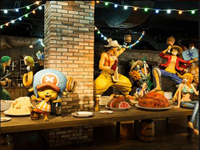Ryozen-ji
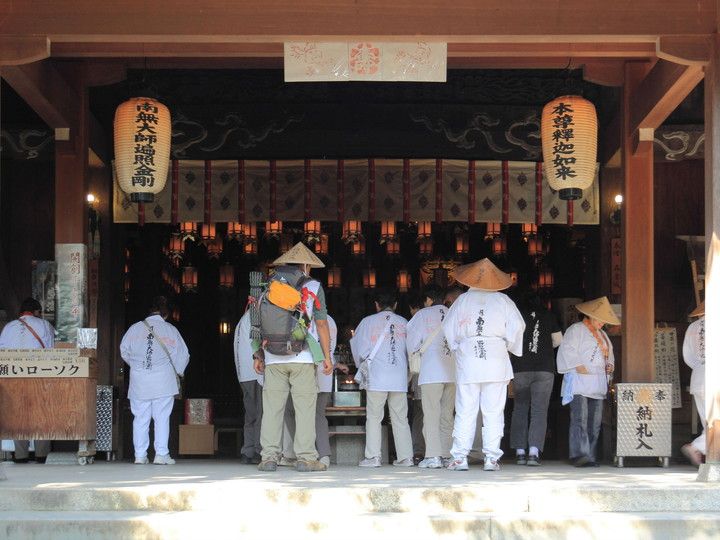
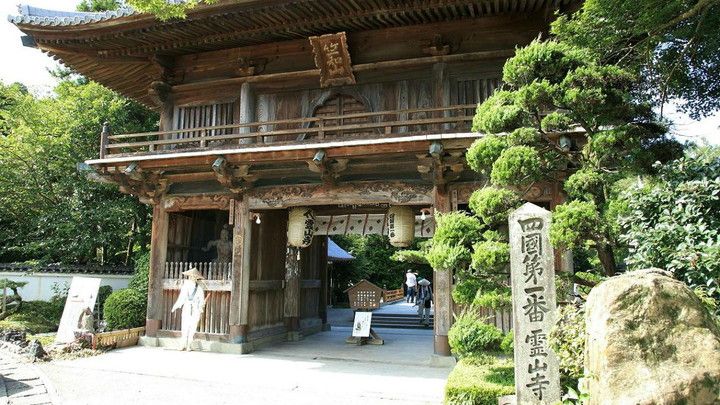
(Source: 今日も元気を出して)
What is O-henro?
In the Heian period about 1,300 years ago, a famous Buddhist monk, Kobo Daishi, founded 88 temples in Shikoku to ward off harmful things. The journey of O-henro begins at the first temple Ryozen-ji, then continues to Kochi and Ehime prefecture. The long 1,400 km journey ends at the 88th Okubo-ji in Kagawa prefecture. If you make this pilgrimage on foot all the way, it would take 40 to 60 days.
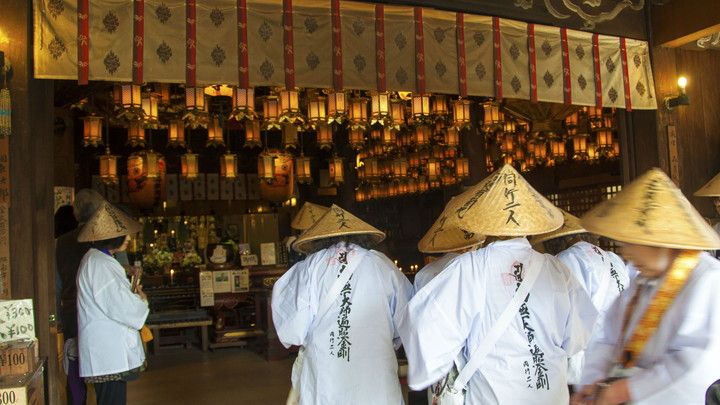
(Source: pixta)
Hosho-ike and Haiku
Six golden mizuko (diseased fetus or stillborn babies) are kneeling down on lotus leaves and looking up at Mizuko Jizo (guardian) in Hosho-ike. Near the pond, you can contribute your Haiku (traditional Japanese poem) in a box called Sanpai Haiku Tokubako.
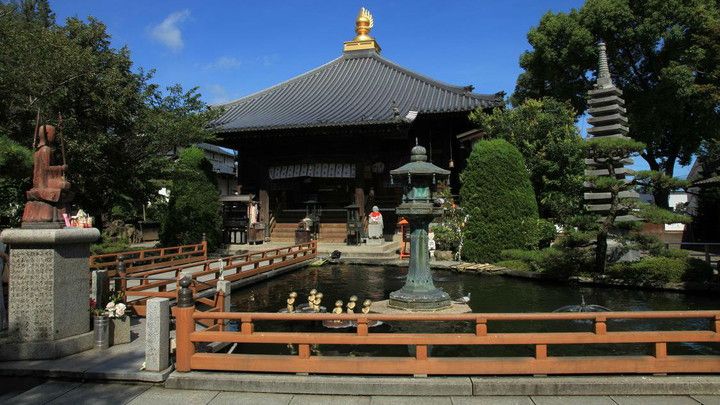
(Source: 今日も元気を出して)
Lanterns and a Ceiling Painting of a Dragon
The main hall has numerous lanterns. Their gentle orange light illuminates the dim hall beautifully and solemnly. There is a dragon painted on the ceiling, and the expressions of the dragon changes depending on the viewing angle.
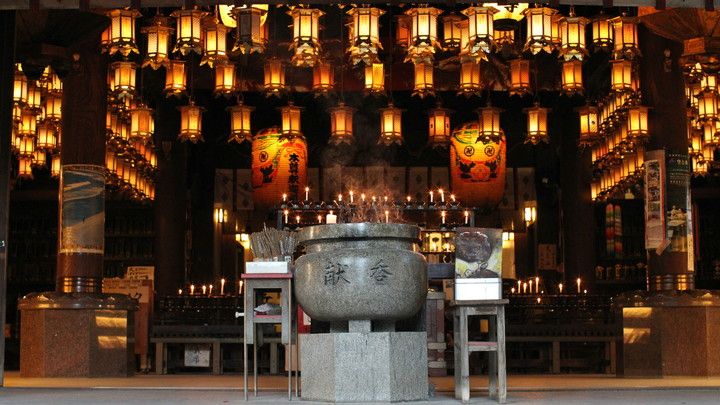
(Source: pixta)

(Source: 今日も元気を出して)
What is O-henro?
In the Heian period about 1,300 years ago, a famous Buddhist monk, Kobo Daishi, founded 88 temples in Shikoku to ward off harmful things. The journey of O-henro begins at the first temple Ryozen-ji, then continues to Kochi and Ehime prefecture. The long 1,400 km journey ends at the 88th Okubo-ji in Kagawa prefecture. If you make this pilgrimage on foot all the way, it would take 40 to 60 days.

(Source: pixta)
Hosho-ike and Haiku
Six golden mizuko (diseased fetus or stillborn babies) are kneeling down on lotus leaves and looking up at Mizuko Jizo (guardian) in Hosho-ike. Near the pond, you can contribute your Haiku (traditional Japanese poem) in a box called Sanpai Haiku Tokubako.

(Source: 今日も元気を出して)
Lanterns and a Ceiling Painting of a Dragon
The main hall has numerous lanterns. Their gentle orange light illuminates the dim hall beautifully and solemnly. There is a dragon painted on the ceiling, and the expressions of the dragon changes depending on the viewing angle.

(Source: pixta)






